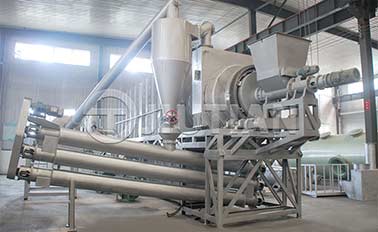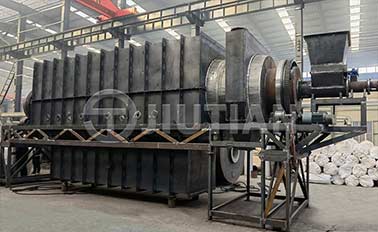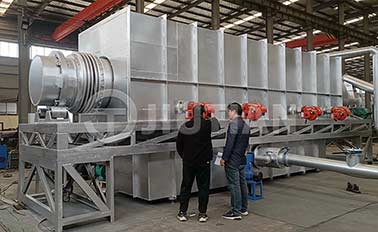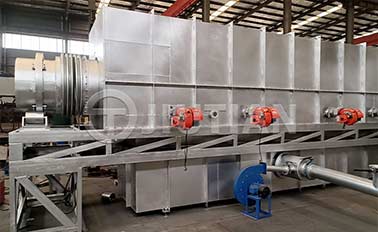Eucalyptus trees are constantly climbing upward and expanding outward at an astonishing growth rate. In this process, the surface layer is stressed and expanded, gradually withering and falling off. The fallen bark hides huge value. Its hemicellulose and cellulose content exceeds the wood part, making it a valuable raw material for biomass carbonization furnaces.

Using eucalyptus bark to produce environmentally friendly charcoal not only brings us environmental and economic benefits, but also improves the comprehensive utilization capacity of solid waste and allows waste to find a home. Bark charcoal, with its advantages of high combustion efficiency and low pollution, has contributed its own strength to the development and utilization of biomass energy. Its flame when burning illuminates our way forward.
The biomass carbonization furnace is like a magician, converting discarded bark, branches, rice husks, bamboo chips, fruit shells, etc. into valuable environmentally friendly charcoal. In the carbonization furnace, eucalyptus bark undergoes the stages of drying, pyrolysis, carbonization and cold charcoal to form charcoal. First, send the eucalyptus bark into the biomass carbonization furnace to dry its moisture below 15%. In the pyrolysis stage, the cellulose in the eucalyptus bark releases a large amount of gas under the high temperature of the furnace; in the carbonization stage, the furnace temperature continues to rise, and the eucalyptus bark gradually carbonizes and takes shape. In the final cooling process, the charcoal is slowly cooled and the carbonization process is completed.

Location:Indonesia
Project Progress:Put Into Production

Location:Vietnam
Project Progress:Put Into Production

Location:Kenya
Project Progress:Put Into Production

Location:Canada
Project Progress:Put Into Production